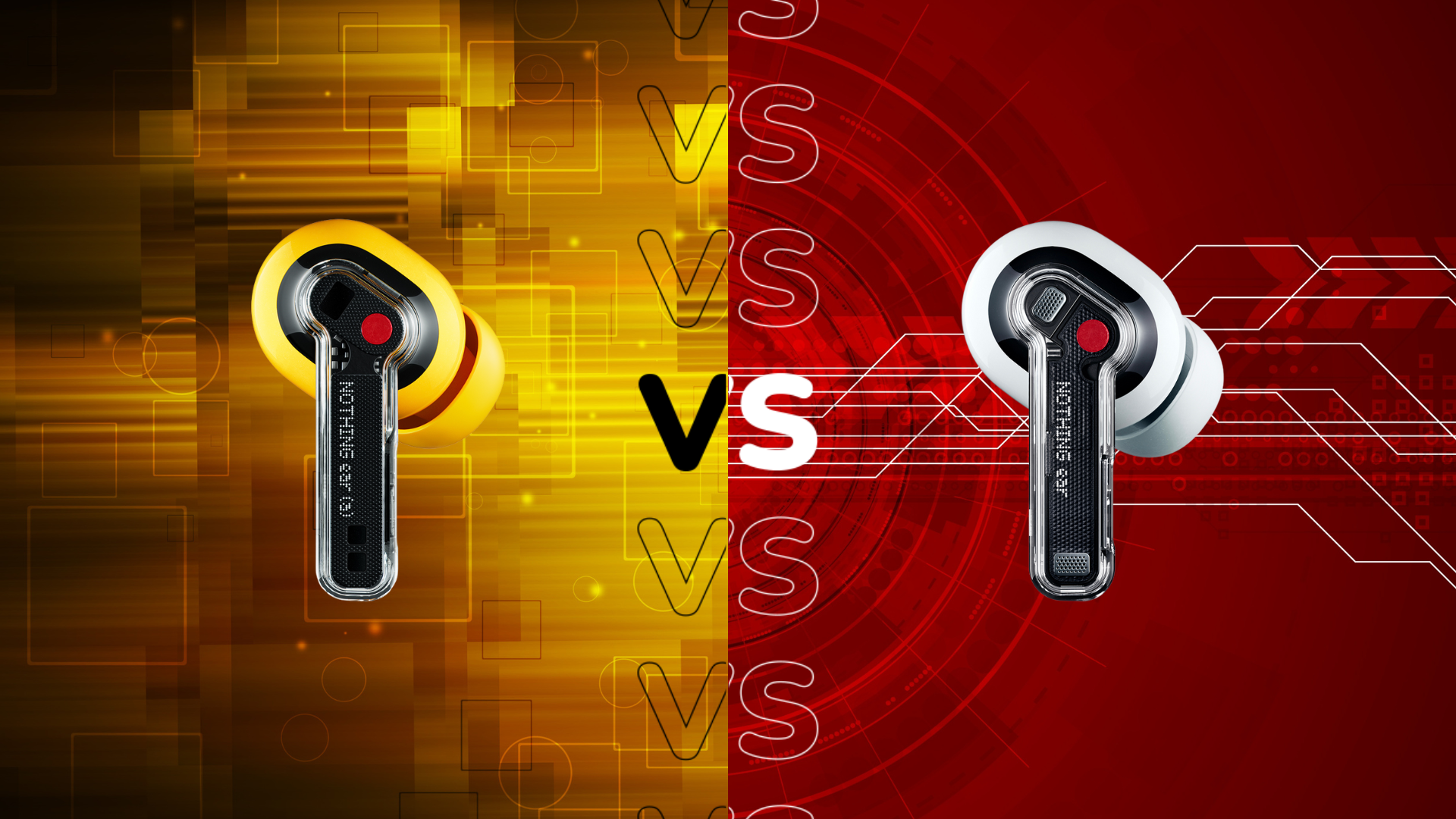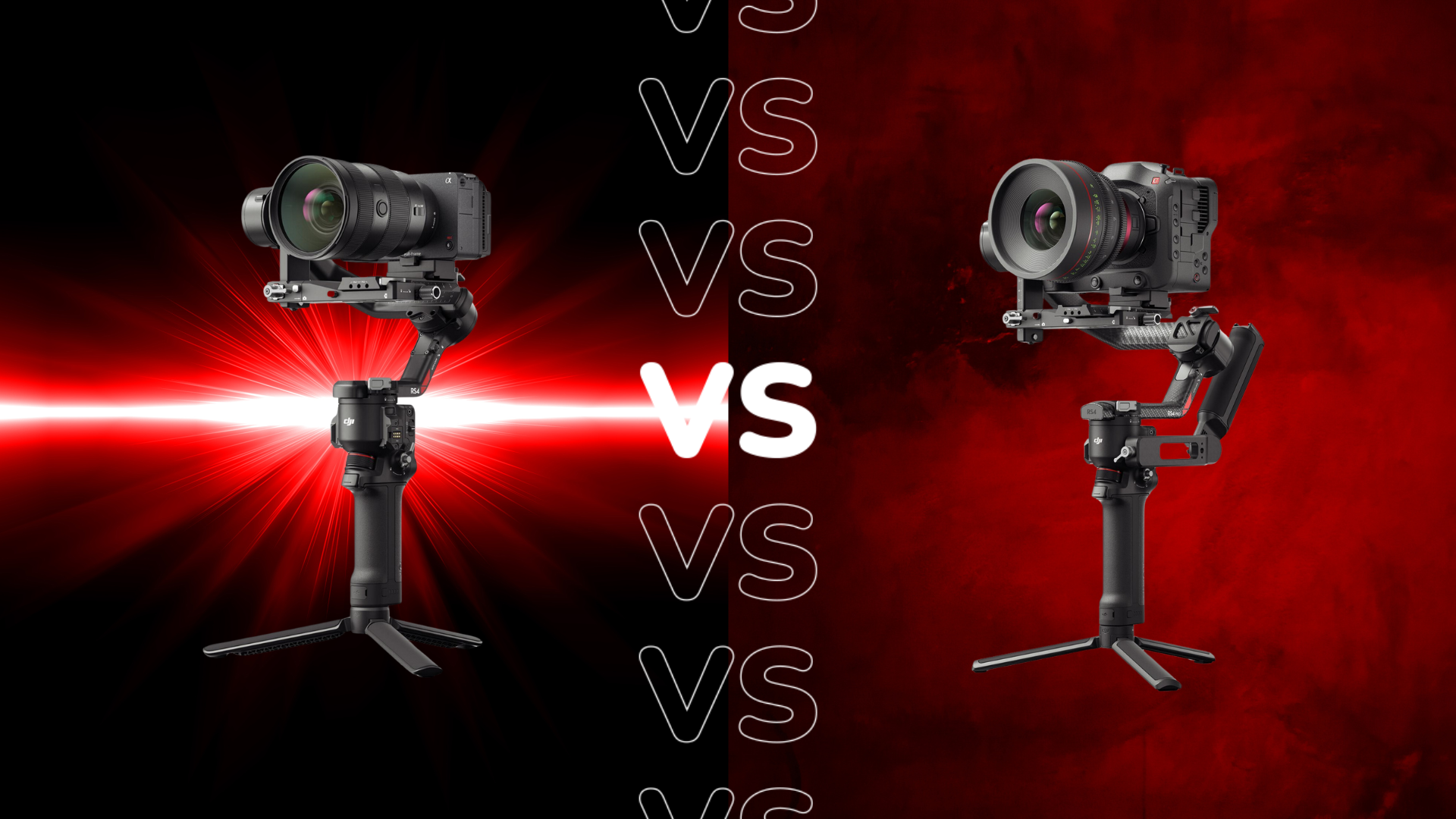Xiaomi 13 Ultra vs Vivo X90 Pro: Which is best for you?
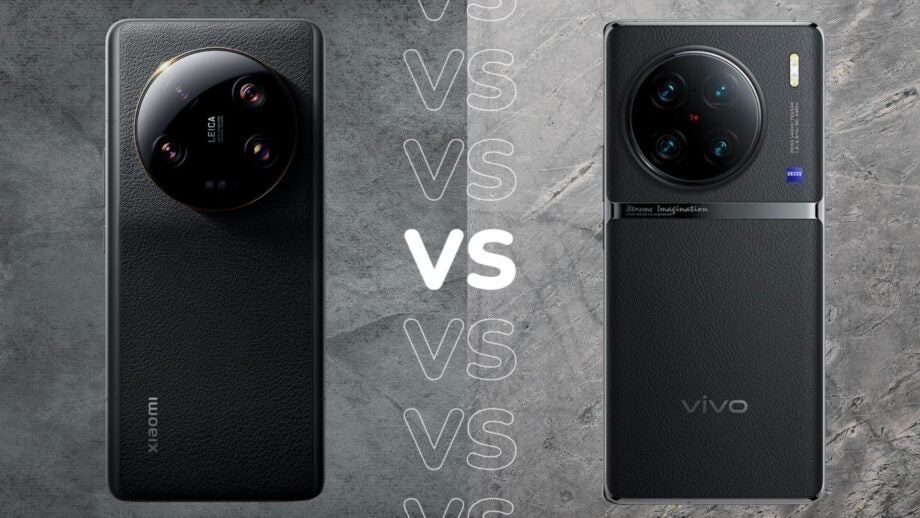
Xiaomi has unveiled its newest high-end smartphone, the Xiaomi 13 Ultra, and once again the brand has partnered with Leica to deliver a camera-focused device.
But how does it compare to Vivo’s X90 Pro flagship that launched just months earlier?
Not only do both phones carry a similar focus on mobile photography with large 1-inch sensors, but both also boast huge circular camera modules and faux leather finishes that make them appear almost identical at a glance.
However, that doesn’t mean there aren’t plenty of differences to be aware of between these two camera phones. Read on to learn more about how the Xiaomi 13 Ultra and the Vivo X90 Pro compare.
Different, but equally high-end, chipsets
One of the biggest differences between the Xiaomi 13 Ultra and the Vivo X90 Pro is the chipsets that power them.
While both smartphones carry flagship 5G chipsets, the Xiaomi 13 Ultra is powered by Qualcomm’s Snapdragon 8 Gen 2, while the Vivo X90 Pro runs on the MediaTek Dimensity 9200.
Despite Qualcomm being the more popular choice for many high-end Android phones, we found that the Dimensity 9200 in the Vivo X90 Pro delivered excellent performance both in terms of benchmarks and in real-world use. Likewise, while we’ve yet to test the Xiaomi 13 Ultra’s performance ourselves, we have been impressed by the Snapdragon 8 Gen 2 in other phones like the Xiaomi 13 Pro and OnePlus 11.
Another major difference in this area is RAM and storage. The top configuration of the Xiaomi 13 Ultra takes advantage of a huge 16GB of RAM and 1TB of storage, while the Vivo X90 Pro is limited to a (still impressive) 12GB of RAM and up to 256GB of storage.
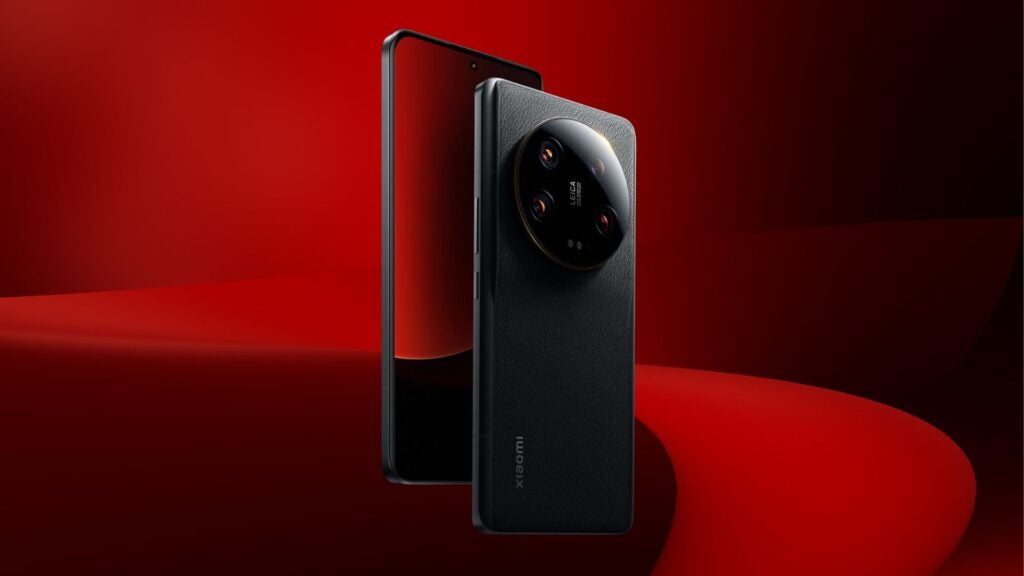
Both phones have 120Hz displays
When it comes to their screens, the Xiaomi 13 Ultra and the Vivo X90 Pro have similarly sized displays with dynamic 120Hz refresh rates.
The Xiaomi 13 Ultra boasts a 6.73-inch AMOLED screen with a WQHD+ (3200 x 1440) resolution, while the Vivo X90 Pro sports a slightly larger 6.78-inch AMOLED display with a slightly lower 2800 x 1260 resolution.
Despite this, we still found the screen on the Vivo X90 Pro to be exquisitely detailed with even more pixels than the Galaxy S23 Ultra. This makes text look crisp and high-res videos on Netflix and YouTube appear packed with detail.
The Xiaomi 13 Ultra has an additional trick up its sleeve in the form of an in-display heart rate monitor. However, you’ll have to wait for our final review to hear our verdict on this feature.
The Xiaomi 13 Ultra has four 50-megapixel cameras
Of course, the stars of the show here are the huge round camera modules found on the rear of each phone. The Xiaomi 13 Ultra has four, while the Vivo X90 Pro caps out at three. However, both are led by large 1-inch 50-megapixel sensors.
The Xiaomi 13 Ultra has a total of four 50-megapixel lenses, including a main sensor, a 3.2x telephoto sensor, a 5x super-telephoto sensor and an ultra-wide angle sensor with support for macro photography at distances of 5cm.
The Xiaomi 13 Ultra is packed with Leica-powered mobile photography features and is capable of capturing 8K video at 24fps and 4K Dolby Vision video at up to 60fps.
The Vivo X90 Pro, meanwhile, features three cameras – a 50-megapixel main sensor, another 50-megapixel telephoto sensor and a 12-megapixel ultra-wide sensor. We were particularly impressed with the main camera, which proved itself to be incredibly versatile, producing highly detailed images even in more challenging low-light conditions.
The Vivo X90 Pro is also capable of capturing 8K video at 24fps, 4K at up to 60fps and even 4K/30fps HDR video at night.
Flip both phones over and you’ll find similar 32-megapixel selfie cameras.
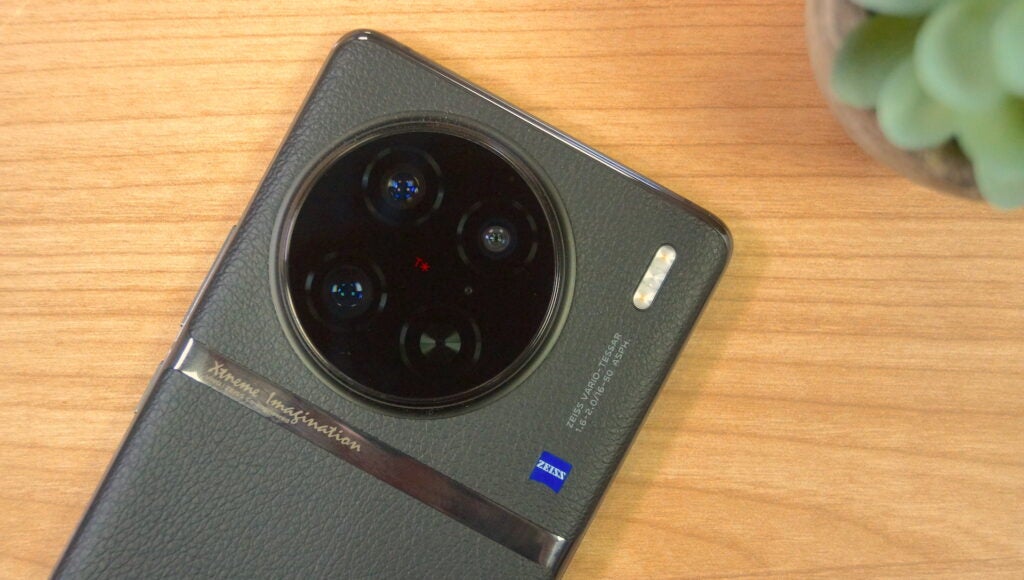
The Vivo X90 Pro supports 120W fast charging
Finally, there’s the battery life. The Xiaomi 13 Ultra boasts a large 5000mAh battery with support for 90W wired turbocharging, 50W wireless turbocharging and reverse wireless charging. According to Xiaomi, the phone is capable of going from 0 to 100% in just 35 minutes.
While the Vivo X90 Pro does have a slightly smaller battery, its fast charging is even faster on paper. The phone packs two 2435mAh dual-cell batteries which add up to an equivalent of 4870mAh.
Like the Xiaomi 13 Ultra, the X90 Pro supports 50W wireless charging, but the phone also benefits from 120W FlashCharge fast charging. According to Vivo’s own claims, this feature allows the battery to hit 50% in just 8 minutes and 10 seconds. However, we found that the figure landed closer to 11 minutes in our experience, with the phone able to hit 100% in as little as 28 minutes.
You’ll have to wait for our review of the Xiaomi 13 Ultra to learn how this phone compares in our tests.




